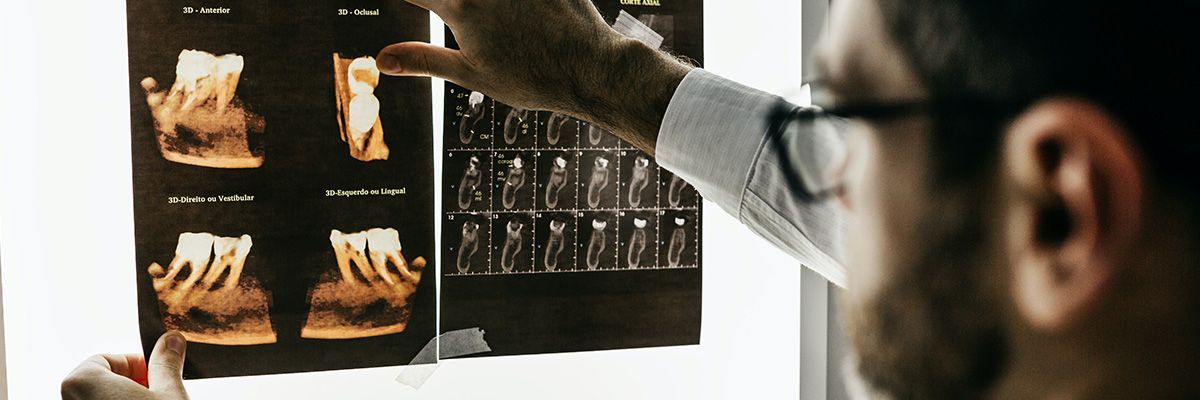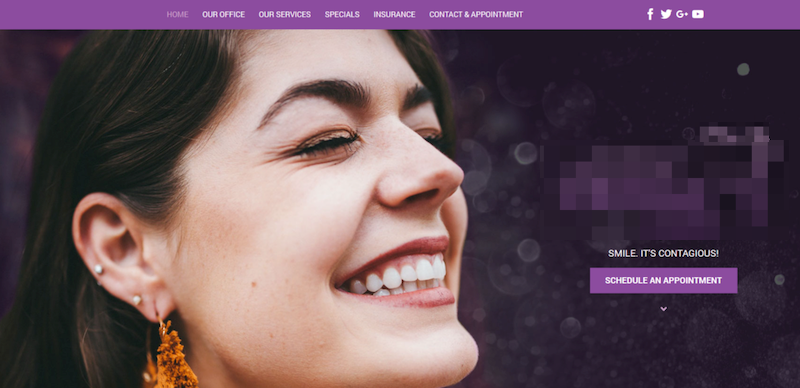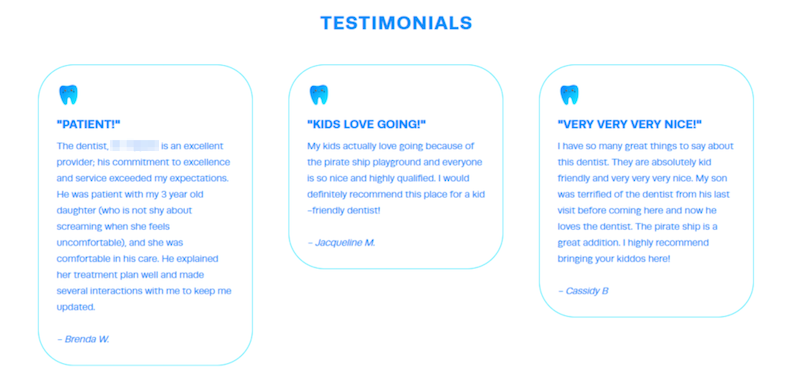While people visit your dentist website for all kinds of reasons, in general, most people are looking for four main things — who you are, what you do, how they can contact you and what the next steps are. It’s imperative that your homepage communicates all of these things — and that it communicates it quickly.
Data shows that if you can’t communicate those four key things within the first few seconds (2.5 seconds to be exact!), you’ll lose out on traffic, which means you’ll also lose out on new patients.
This doesn’t have to be complicated. Check out the example above. In just a few words, this website communicates to visitors that it’s for a family dentist who provides dental care for children, as well as how to schedule an appointment.
Pro tip - Ask a friend or a member or your team to look at your website to make sure that it communicates the right information as quickly as possible.




